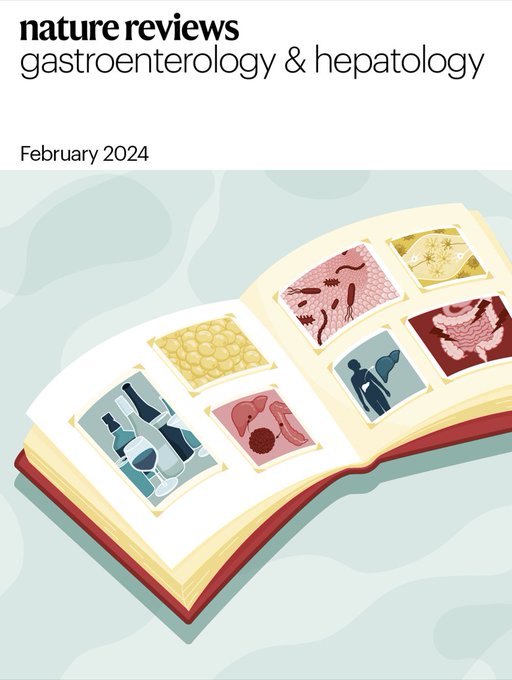Nutrient sensing and small intestinal enteric neurons
IF 51
1区 医学
Q1 GASTROENTEROLOGY & HEPATOLOGY
引用次数: 0
营养感知和小肠肠道神经元
根据发表在《自然》杂志上的一项新研究,不同的营养物质会激活小肠中不同的肠道神经元组合。这些发现增加了我们对肠道内腔环境如何诱导生理反应的理解。研究人员使用钙成像技术来识别和追踪肠道神经元的特定通路,这些通路在不同的肠道营养物质作用于小鼠空肠时被激活。在小鼠体内和体外记录了肠道神经系统对粘膜刺激的反应。至关重要的是,不同的营养物质(葡萄糖、醋酸盐、l-苯丙氨酸作为模型糖、短链脂肪酸和氨基酸)分别激活了不同的肌肠和粘膜下神经元群。上皮细胞检测到营养物质(即化学上不同的信号),然后,通过血清素介导的信号传导过程,导致肠神经元激活。有趣的是,这种腔内信息中继沿肠径向轴呈空间分布,一些来自肠绒毛的信号首先传递到外肌丛的神经元,然后再传回内粘膜下丛。需要进一步的工作来破译下游神经元(肠间神经元和运动神经元)和初始刺激位点以外的外部神经的神经元激活的全部程度。
本文章由计算机程序翻译,如有差异,请以英文原文为准。
求助全文
约1分钟内获得全文
求助全文
来源期刊
CiteScore
52.30
自引率
0.60%
发文量
147
审稿时长
6-12 weeks
期刊介绍:
Nature Reviews Gastroenterology & Hepatology aims to serve as the leading resource for Reviews and commentaries within the scientific and medical communities it caters to. The journal strives to maintain authority, accessibility, and clarity in its published articles, which are complemented by easily understandable figures, tables, and other display items. Dedicated to providing exceptional service to authors, referees, and readers, the editorial team works diligently to maximize the usefulness and impact of each publication.
The journal encompasses a wide range of content types, including Research Highlights, News & Views, Comments, Reviews, Perspectives, and Consensus Statements, all pertinent to gastroenterologists and hepatologists. With its broad scope, Nature Reviews Gastroenterology & Hepatology ensures that its articles reach a diverse audience, aiming for the widest possible dissemination of valuable information.
Nature Reviews Gastroenterology & Hepatology is part of the Nature Reviews portfolio of journals.

 求助内容:
求助内容: 应助结果提醒方式:
应助结果提醒方式:


